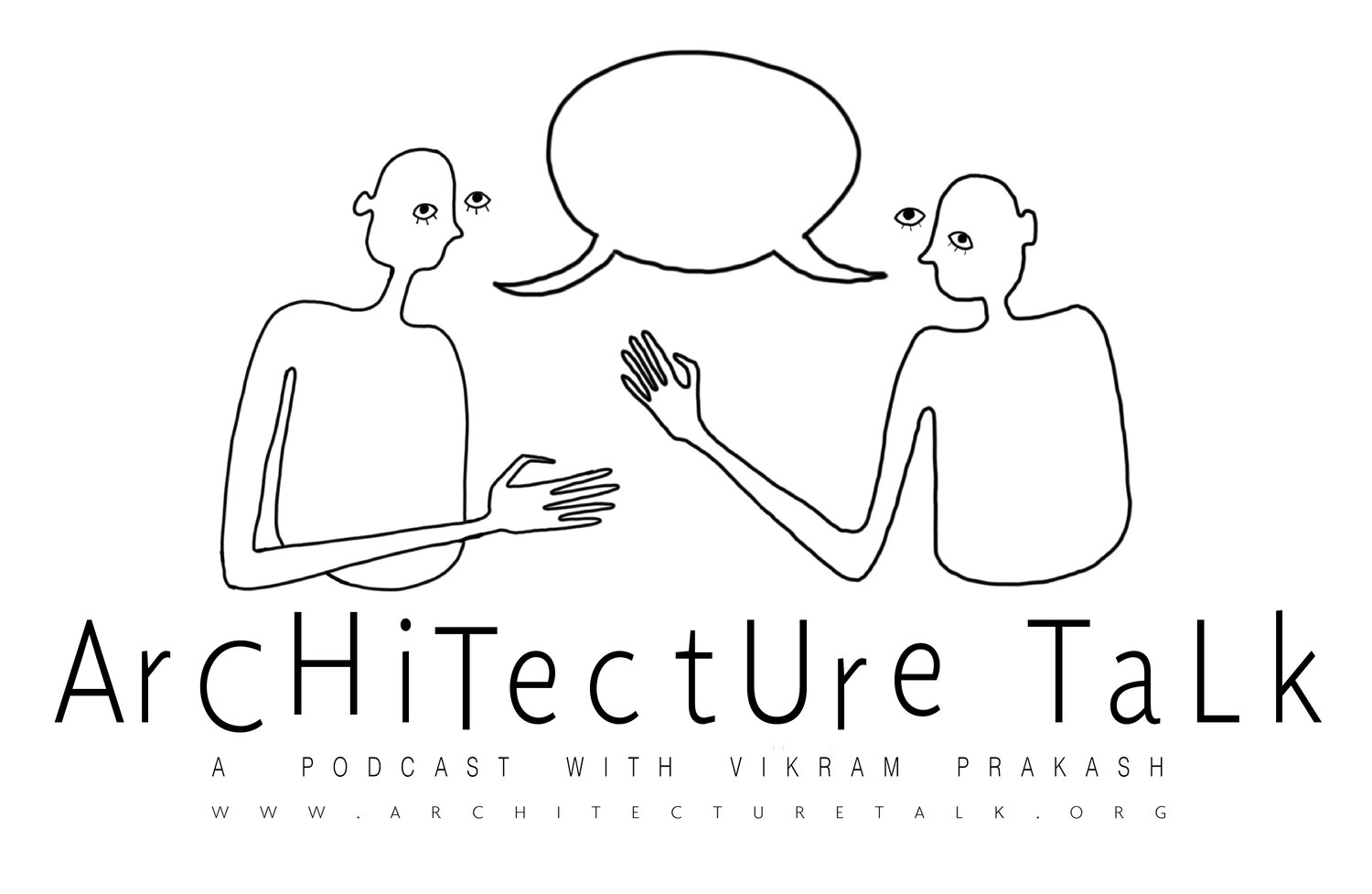34 : On Enric Miralles with Ayad Rahmani
““You have to pretend to die in order to design.””
This week, we discuss the work, the working style and legacy of the late Catalonian architect, Enric Miralles with our guest Ayad Rahmani. Ayad is a Professor of Architecture at Washington State University.
Image: Floor Plan of Hostalets Civic Center, El Croquis Magazine, 1995
Timestamp Outline
1:50 Why Enric Miralles?
2:48 Igualada Cemetery in Barcelona
3:18 Benedetta Tagliabue and the EMBT office
3:35 Miralles’ interest in Le Corbusier, Chandigarh and late Modernism
4:00 The body-audacity of Alexander McQueen’s Savage Beauty Catalogue from the Metropolitan Museum of Art exhibit
5:04 Fashion and architecture: Mark Wigley, Gottfried Semper, Adolf Loos
6:27 McQueen’s collage and dreamwork designs from the body...and Miralles walks into the room
8:55 “We see in them this powerful ability to transgress in ways that seem to us - that to them - there was no tomorrow.”: the early deaths of Miralles and McQueen
9:55 A nonlinear inner self in a civilized world: Freud’s Civilization and Its Discontents and the Cartesian worldview
13:39 How Miralles drew
16:13 Catalan accent and a flow in gestures and body
16:25 “In his case, body and architecture were fundamentally one. They really flew in and out of each other. He would reach over and draw a line, and that line, you could almost feel, was springing back into him. Like a rubber band where you unleash it and it comes back. There was a reciprocal relationship between the lines he would draw and the way they fed back into his body only to inform the next series of gestures.”
18:19 Sometimes would rip the trace to say, “in this moment, something special happened.”
20:56 The weight of our body as it traverses earth; that weight makes architecture
24:43 Theory, thinking, and a source in the body
25:30 Peter Eisenman, Renzo Piano, Aldo Rossi theorists at the time
26:48 A nonsequential Catalan aesthetic: Gaudí, Miró, Dalí
29:23 Collage-like drawing, thinking, speaking, living
35:18 Asking a question, not asking an ideal: Zen garden path, Rilke’s Archaic Torso of Apollo, and “a Carnivalesque contestation of the normative”
37:54 “In both, there is also the baroque, in McQueen and Miralles. There’s a return to the baroque, the flamboyant; a desire to have you dance in place, both as a dance of pleasure and euphoria but also as a way to understand or find your own self.”
38:58 Miralles on construction / drawing: The construction mechanism is identical to its drawing on paper.
44:16 “A gesture like a rapier”
44:28 Video of Miralles drawing
46:15 The struggle of lines: death marks in No Country for Old Men vs the life marks in Miralles’ drawings; Trisha Brown’s dance drawings, Jackson Pollock
50:30 “You have to pretend to die in order to design,” and la petite mort
54:13 Take stock in the ephemeral in the drawings: “Nothing is sacred here.”







